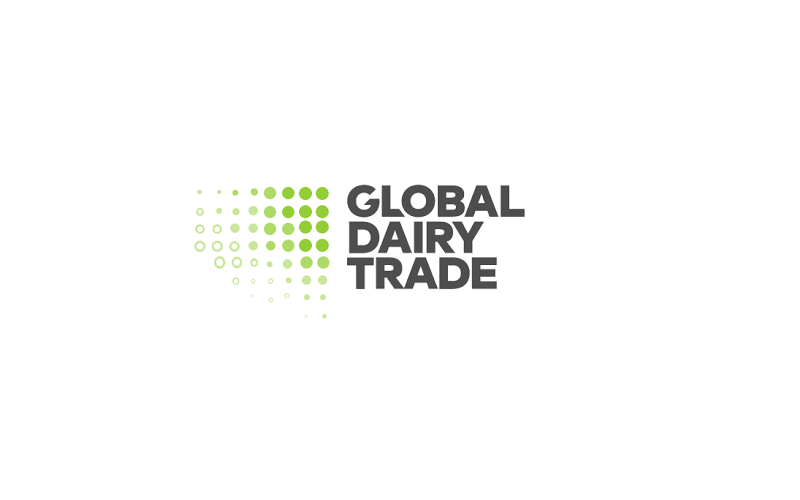New Zealand Dairy Payout Rises to $8.90
Sourse: DairyNews.today
The average dairy payout in New Zealand increased by 14 cents to $8.90 per kilogram of milksolids in the 2023-24 season, according to the latest New Zealand Dairy Statistics report released by DairyNZ and Livestock Improvement Corporation (LIC).

The payout is 89 cents above DairyNZ's breakeven milk price for the season but $1.10 below the current forecast of $10. Adjusted for inflation, it falls 35 cents below the five-year average of $9.25.
Key Figures at a Glance
Milk production: 20.5 billion litres, yielding 1.88 billion kilograms of milksolids.
Cow productivity: Average milksolids per cow rose to 400kg, 6kg above the five-year average.
Cow population: Increased slightly to 4.7 million, up from 4.67 million last season.
Average dairy co-op payout: $8.90 per kilogram of milksolids, up from $8.76 in the prior season.
The Waikato region remains the country’s dairy powerhouse, with 1.08 million cows across 3,022 herds, producing over 411 million kilograms of milksolids, although slightly down from last year. North Canterbury holds the second-largest share of the national herd, followed by Taranaki.
Sector Highlights
The report attributes the rise in total milksolids production to favorable weather and a marginal increase in cow numbers. Campbell Parker, CEO of DairyNZ, emphasized the sector’s ongoing productivity gains, crediting farmers' adoption of advanced technologies and scientific insights.
“Milksolids per cow are near record levels due to farmers’ dedication and the application of science to on-farm decision-making,” Parker said.
David Chin, CEO of LIC, noted the growing preference for crossbreed genetics, which has helped extend the average days in milk to a record 277 days in the 2023-24 season. However, herd testing and artificial breeding saw slight declines, with 77.1% of cows herd-tested and 81.1% bred through artificial means.
“Despite these minor decreases, these practices remain critical to the sector’s success, and we are optimistic about a rebound as economic conditions improve,” Chin said.
Economic Outlook
Looking ahead, Parker highlighted a positive forecast for the current season, citing potential increases in milk prices and easing interest rates as key factors that could bolster farmers’ cash flow and stimulate broader economic activity.
“The dairy sector continues to play a vital role in New Zealand’s economy. Improved forecast prices are likely to increase farmer spending, drive economic growth, and reinforce the country’s global reputation as a leading dairy exporter,” Parker added.
Key Figures at a Glance
Milk production: 20.5 billion litres, yielding 1.88 billion kilograms of milksolids.
Cow productivity: Average milksolids per cow rose to 400kg, 6kg above the five-year average.
Cow population: Increased slightly to 4.7 million, up from 4.67 million last season.
Average dairy co-op payout: $8.90 per kilogram of milksolids, up from $8.76 in the prior season.
The Waikato region remains the country’s dairy powerhouse, with 1.08 million cows across 3,022 herds, producing over 411 million kilograms of milksolids, although slightly down from last year. North Canterbury holds the second-largest share of the national herd, followed by Taranaki.
Sector Highlights
The report attributes the rise in total milksolids production to favorable weather and a marginal increase in cow numbers. Campbell Parker, CEO of DairyNZ, emphasized the sector’s ongoing productivity gains, crediting farmers' adoption of advanced technologies and scientific insights.
“Milksolids per cow are near record levels due to farmers’ dedication and the application of science to on-farm decision-making,” Parker said.
David Chin, CEO of LIC, noted the growing preference for crossbreed genetics, which has helped extend the average days in milk to a record 277 days in the 2023-24 season. However, herd testing and artificial breeding saw slight declines, with 77.1% of cows herd-tested and 81.1% bred through artificial means.
“Despite these minor decreases, these practices remain critical to the sector’s success, and we are optimistic about a rebound as economic conditions improve,” Chin said.
Economic Outlook
Looking ahead, Parker highlighted a positive forecast for the current season, citing potential increases in milk prices and easing interest rates as key factors that could bolster farmers’ cash flow and stimulate broader economic activity.
“The dairy sector continues to play a vital role in New Zealand’s economy. Improved forecast prices are likely to increase farmer spending, drive economic growth, and reinforce the country’s global reputation as a leading dairy exporter,” Parker added.











